Discover the fascinating world of Coin collecting merit badge cataloging, a rewarding pursuit that combines history, numismatics, and organizational skills. Whether you’re a seasoned collector or just starting out, this comprehensive guide will empower you to create and maintain an informative and engaging coin catalog.
By understanding the different methods, creating a customized system, and following expert tips, you’ll transform your coin collection into a valuable resource for learning, research, and enjoyment.
Overview of Coin Collecting Merit Badge Cataloging
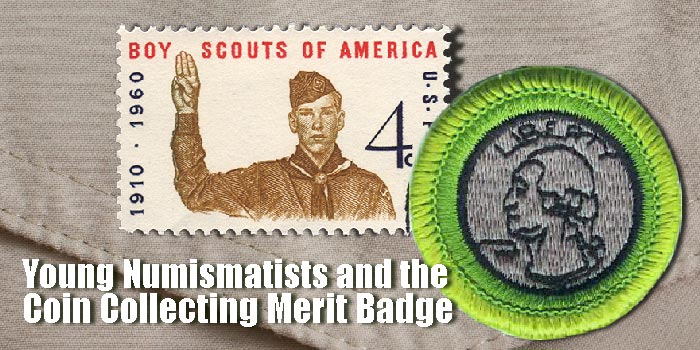
Coin collecting, as a merit badge, introduces young people to the fascinating world of numismatics, the study of coins. Cataloging plays a crucial role in this journey, providing a structured and organized approach to collecting and understanding coins.
Cataloging coins helps collectors identify, classify, and track their collection. It allows them to document the specific details of each coin, such as its denomination, year of issue, mint mark, and condition. This information is essential for evaluating the value and rarity of coins and building a comprehensive collection.
Types of Coin Catalogs
There are various types of coin catalogs available, each catering to specific needs and interests. Some popular catalogs include:
- Standard Catalog of World Coins:Provides comprehensive listings of coins from around the world, including historical and modern issues.
- Red Book:A widely used catalog for United States coins, featuring detailed descriptions, values, and historical information.
- Specialized Catalogs:Focus on specific areas of coin collecting, such as ancient coins, error coins, or commemorative coins.
Methods for Cataloging Coins
There are various methods for cataloging coins, each with its own advantages and disadvantages. The choice of method depends on the specific needs and preferences of the collector.
Alphabetical
Cataloging coins alphabetically is a simple and straightforward method. Coins are arranged in alphabetical order by the name of the country, mint, or other relevant criteria. This method is easy to use and navigate, making it suitable for beginners or collectors with small collections.
Chronological
Cataloging coins chronologically arranges them in the order in which they were minted. This method is useful for studying the history of coinage and tracking the evolution of coin designs over time. However, it can be more challenging to locate specific coins within a large collection.
By Denomination
Cataloging coins by denomination groups them according to their face value. This method is useful for collectors who want to focus on specific denominations or track their value over time. It can also be helpful for organizing coins for sale or trade.
By Country
Cataloging coins by country organizes them by the country of origin. This method is useful for collectors who specialize in coins from a particular country or region. It allows for easy comparison of coins from different mints and periods.
By Theme
Cataloging coins by theme groups them according to a specific topic or subject matter. This method is useful for collectors who are interested in coins that depict historical events, famous people, or other themes. It allows for the creation of specialized collections that focus on a particular area of interest.
Creating a Coin Cataloging System: Coin Collecting Merit Badge Cataloging
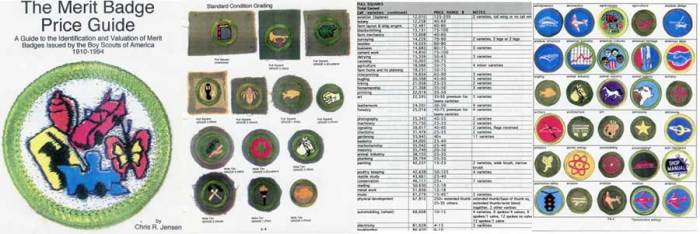
Developing a tailored coin cataloging system is essential for organizing and managing a coin collection effectively. Consistency in cataloging criteria ensures accuracy and ease of retrieval. Technology can streamline the process, providing advanced search and organization capabilities.
Establishing Criteria
Determine the specific information to be recorded for each coin, such as:
- Year of mintage
- Country of origin
- Denomination
- Metal composition
- Grade or condition
- Special features or mint marks
Utilizing Technology
Consider using software or online databases specifically designed for coin cataloging. These tools offer:
- Predefined fields for essential coin details
- Image storage and management
- Advanced search and filtering capabilities
- Synchronization across multiple devices
Tips for Effective Coin Cataloging
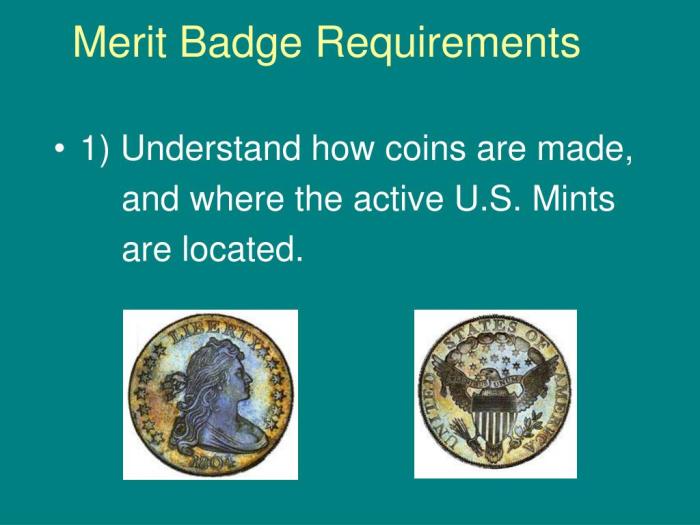
Maintaining a well-organized and accurate coin catalog is crucial for effective coin collecting. Here are some tips to enhance your cataloging process:
Accurate Record-Keeping:Accurate and detailed records are essential for preserving the value and integrity of your coin collection. Ensure that your catalog includes comprehensive information such as coin type, denomination, year of minting, mint mark, condition, and any other relevant details. This detailed documentation will serve as a valuable reference for insurance purposes, research, or future transactions.
Protection and Preservation
Protecting and preserving your coin collection is paramount. Store your coins in a safe and secure location, away from moisture, heat, and direct sunlight. Utilize proper storage materials such as airtight coin capsules or archival-quality coin folders to prevent damage and maintain their condition.
Additionally, consider investing in a dehumidifier to control humidity levels and prevent tarnishing.
Examples of Coin Cataloging
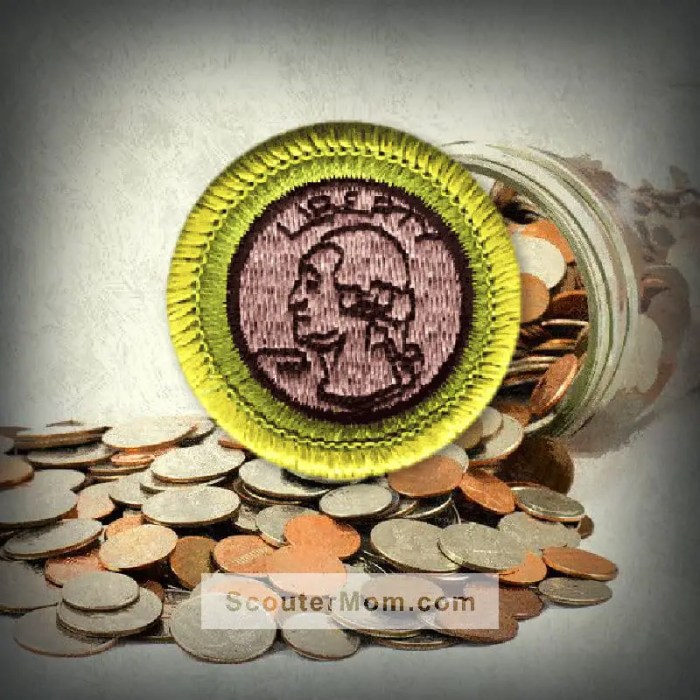
Coin catalogs provide a systematic and organized way to document and manage a coin collection. They can be created using various methods, each with its own advantages and disadvantages. Here are a few examples of well-organized and informative coin catalogs:
Cataloging by Type and Denomination
This method involves organizing coins by their type (e.g., Lincoln pennies, Jefferson nickels, etc.) and denomination (e.g., penny, nickel, dime, etc.). It is a simple and straightforward approach that allows for easy identification and retrieval of coins.
However, it can become cumbersome for large collections with many different types and denominations.
Cataloging by Year and Mint Mark
This method involves organizing coins by their year of issue and mint mark (e.g., 1943-D Lincoln penny, 1955-S Jefferson nickel, etc.). It provides a more detailed level of organization, allowing collectors to track specific varieties and rarities. However, it can be more time-consuming to create and maintain, especially for collections with a wide range of dates and mint marks.
Cataloging by Grade and Condition
This method involves organizing coins by their grade or condition (e.g., MS-65, AU-58, etc.). It allows collectors to assess the quality of their coins and track their value over time. However, it requires a certain level of expertise to accurately grade coins, and it can be subjective.
Cataloging by Theme or Subject, Coin collecting merit badge cataloging
This method involves organizing coins by a specific theme or subject (e.g., coins depicting animals, coins from a particular historical period, etc.). It allows collectors to explore and learn about specific aspects of numismatics. However, it can be more difficult to maintain a consistent organization as the collection grows.The
choice of cataloging method depends on the size, scope, and purpose of the coin collection. It is important to select a method that is both effective and sustainable for the collector’s needs.
Summary
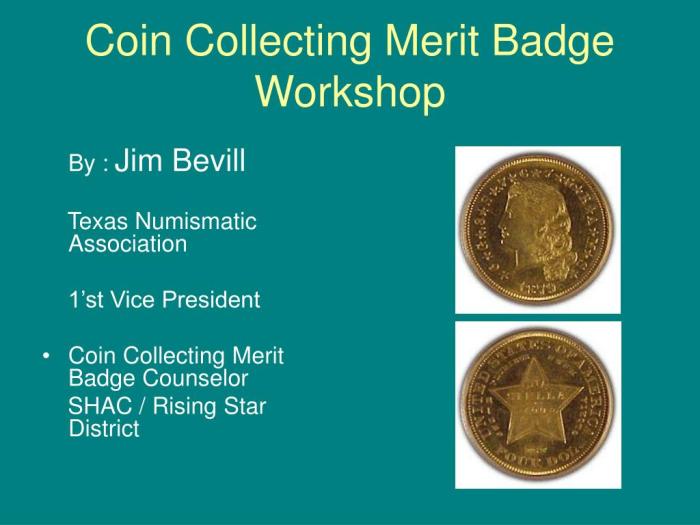
Embrace the rich history and cultural significance of coins through the art of cataloging. With the knowledge and techniques Artikeld in this guide, you’ll not only preserve your collection but also unlock its educational and aesthetic potential. Happy collecting!
Answers to Common Questions
What are the benefits of cataloging coins for a merit badge?
Cataloging coins helps you organize your collection, track your progress towards earning the merit badge, and learn more about the history and value of coins.
How do I create a customized coin cataloging system?
Consider your specific needs and preferences when creating a cataloging system. Choose criteria that are meaningful to you, such as country of origin, denomination, or historical period.
What are some tips for effective coin cataloging?
Use consistent criteria, maintain accurate records, and protect your collection from damage. Utilize technology to assist with organization and research.
